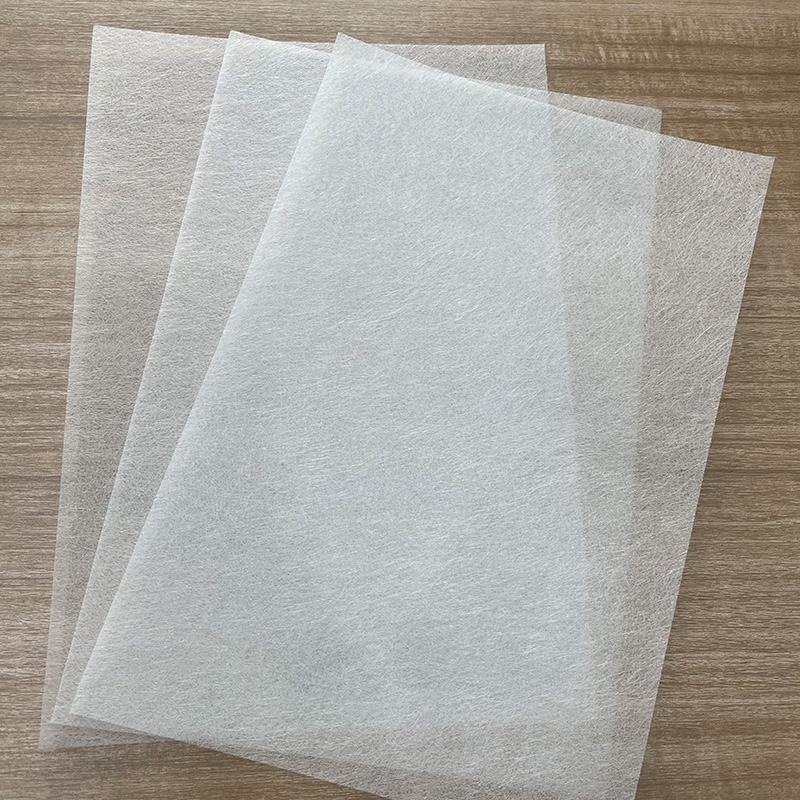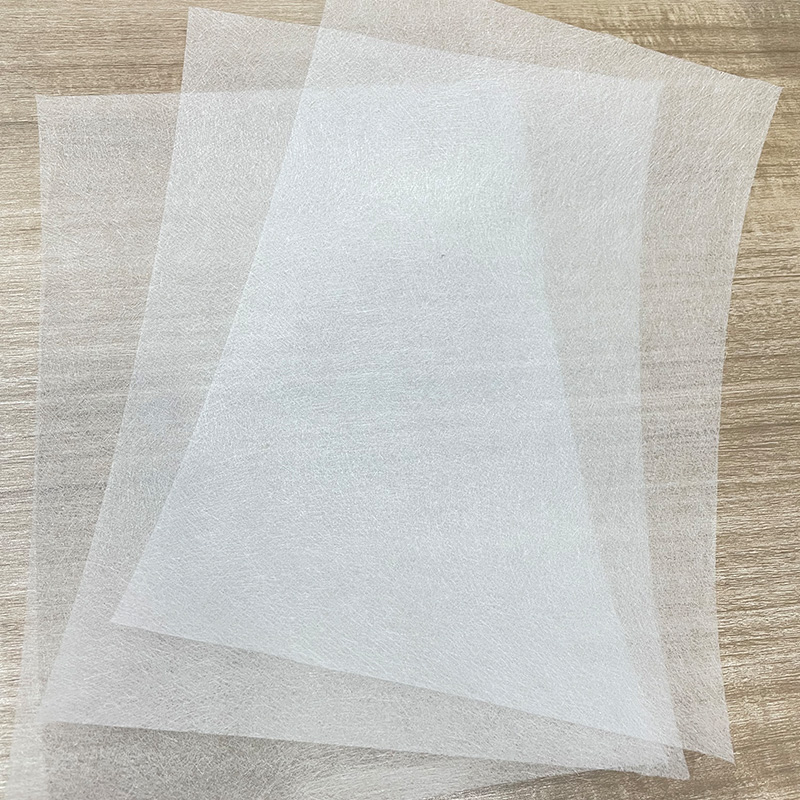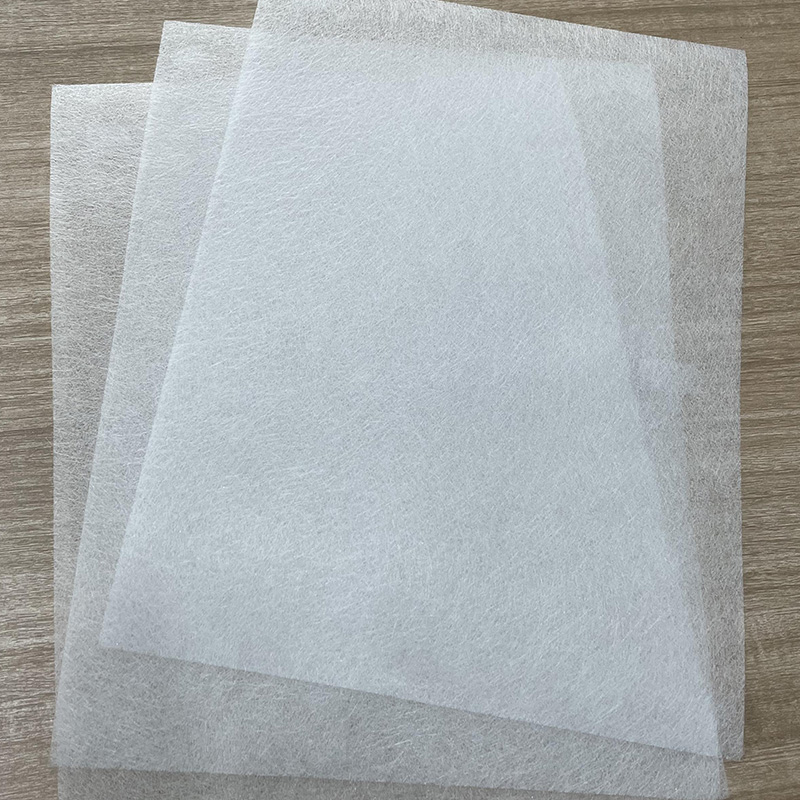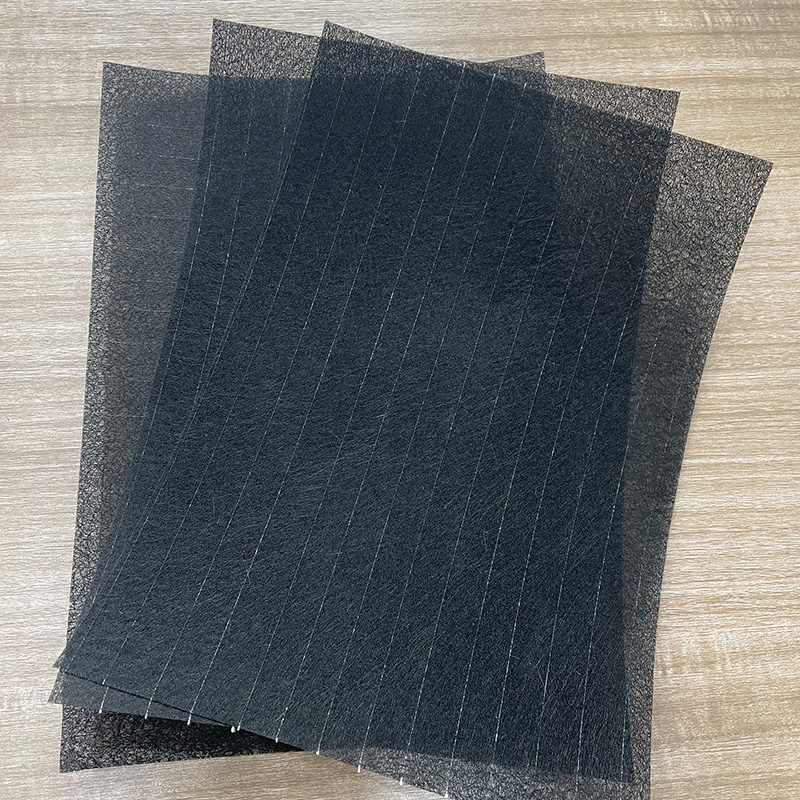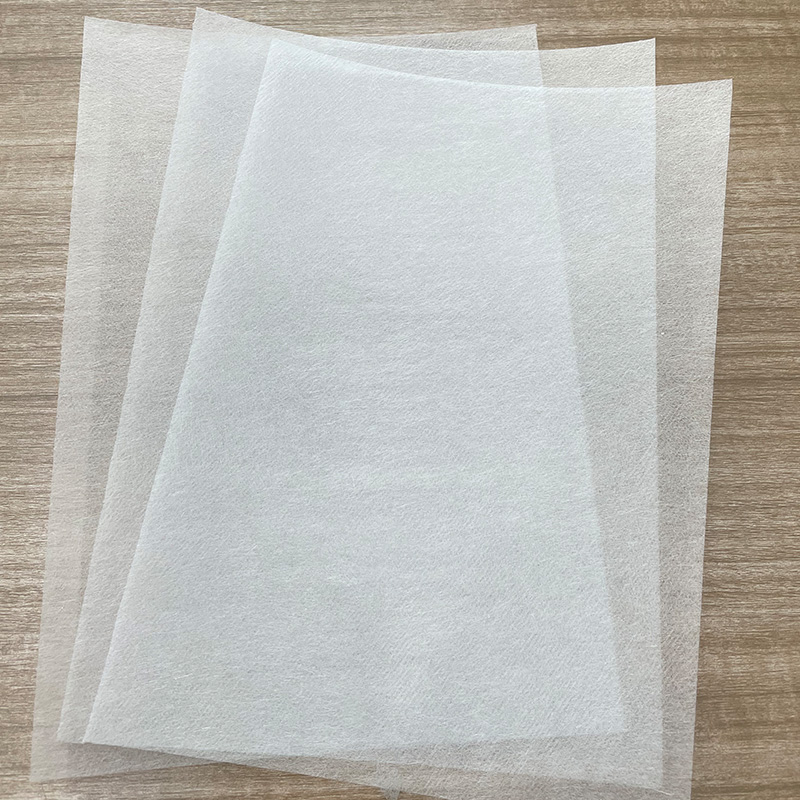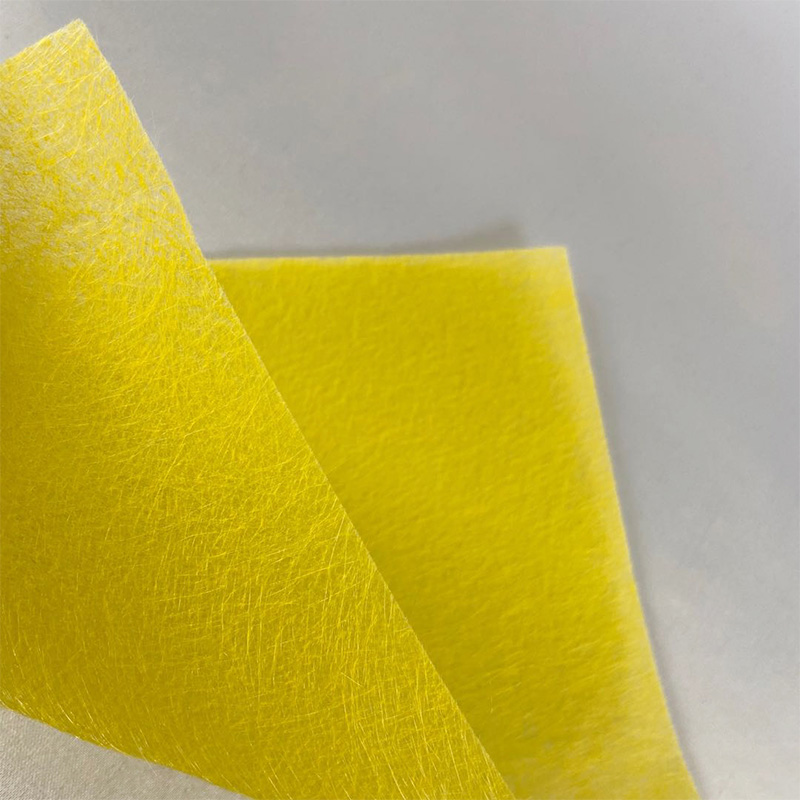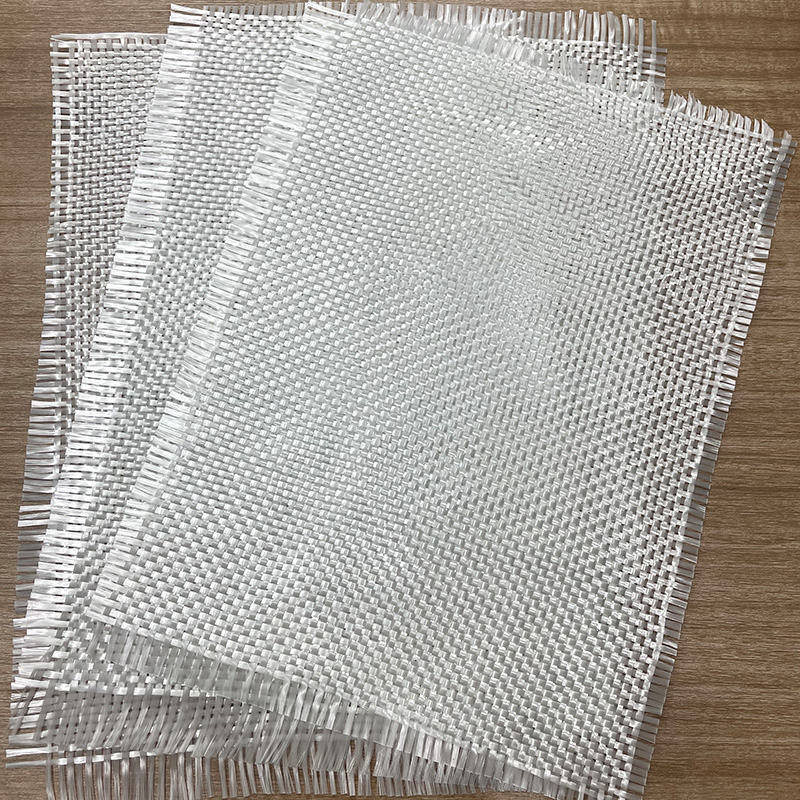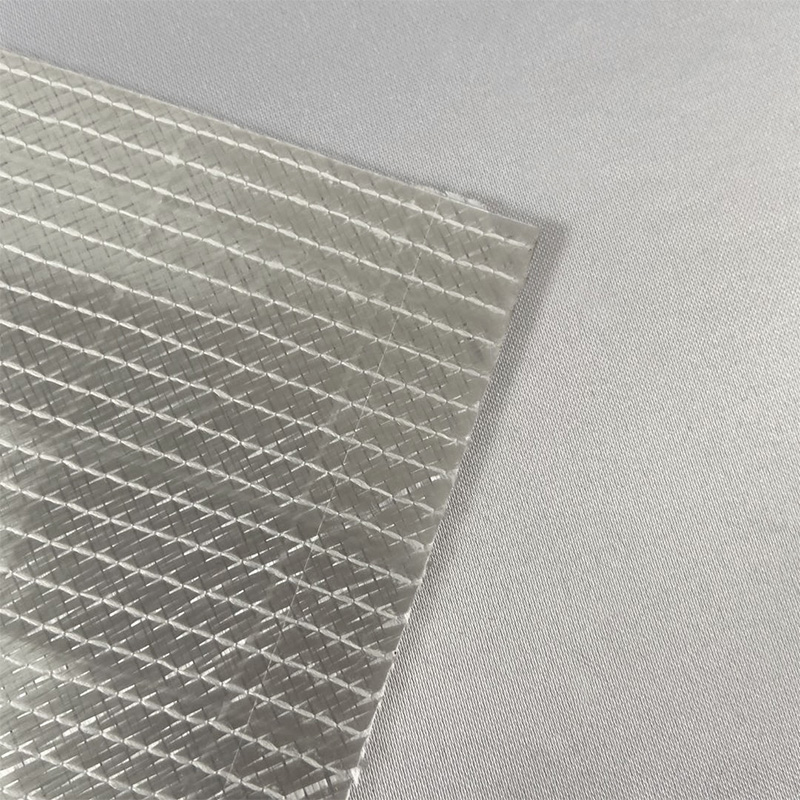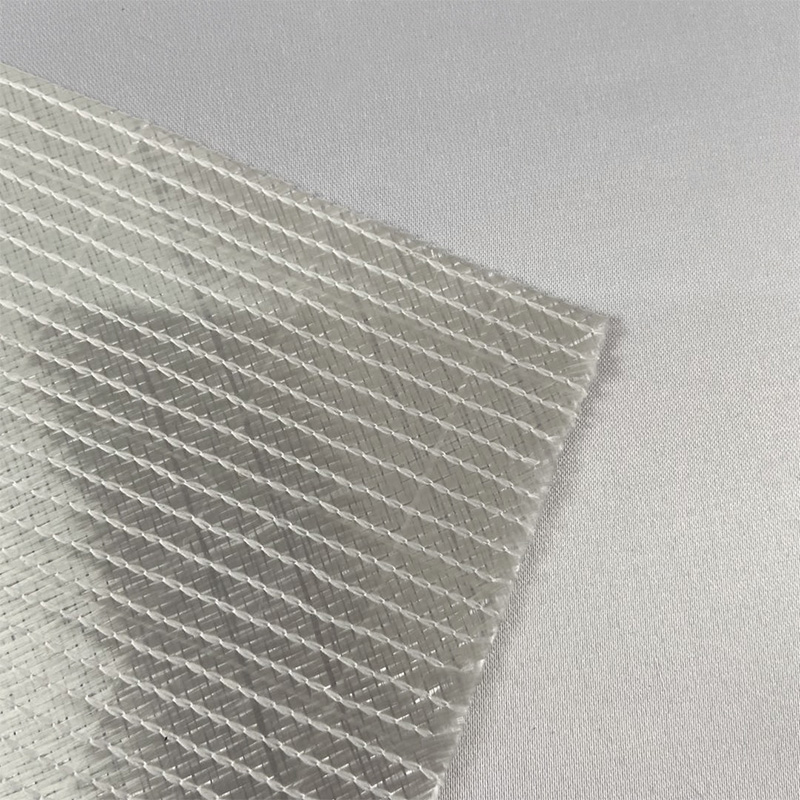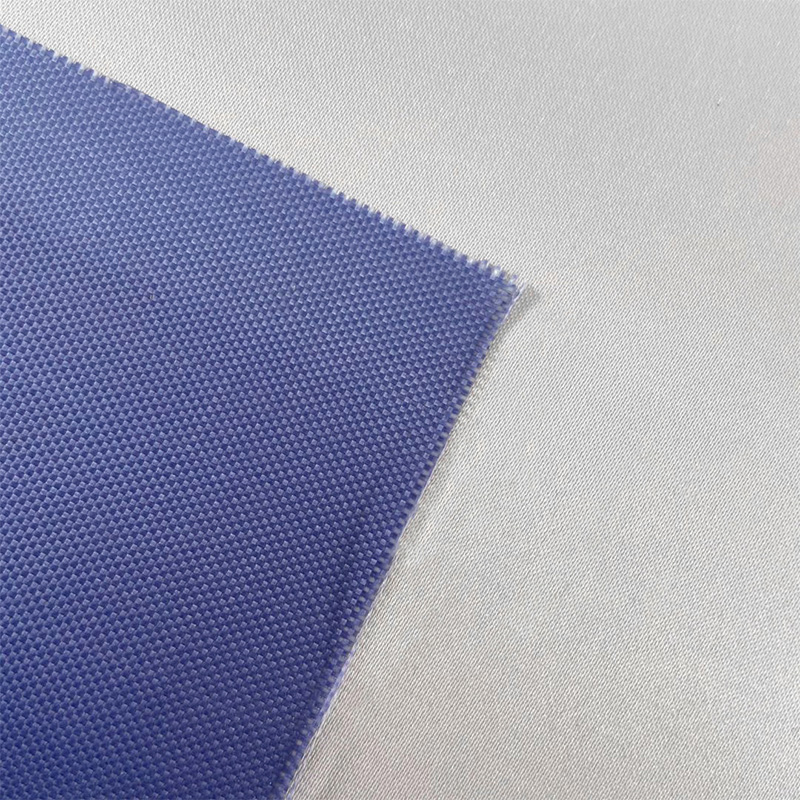When we talk about carbon fiber, images of tough yet lightweight airplane wings, high-performance racing car bodies, or high-tech sports equipment often come to mind. However, further processing these carbon fiber materials into a fine powder form opens up new possibilities in a wider range of fields. Carbon fiber powder has two main sources:
- One is directly produced by chopping and grinding carbon fibers to meet specific particle size and length requirements.
- The other comes from recycled carbon fiber composites. Through a series of physical or chemical treatments, the resin matrix in waste composites is removed to obtain pure carbon fiber powder.
This powder inherits the inherent excellent properties of carbon fiber—such as high strength, light weight, corrosion resistance, and conductivity—while its powdery form allows it to disperse more uniformly in various matrix materials. This enables significant performance improvements without altering the overall shape of the material.
How to Choose a Suitable Carbon Fiber Powder Supplier?
In industrial production and research, selecting a suitable carbon fiber powder supplier is crucial. It is not just about finding a source of goods but building a reliable long-term partnership:
- Qualifications and Quality Standards: First, review the supplier’s production processes to ensure they meet industry standards. They should provide detailed technical parameters such as particle size distribution, length, and purity—data that directly affect the performance stability of the final product.
- Price, Supply Stability, and Technical Support: While ensuring quality, competitive pricing and stable supply capabilities are essential to keep production plans on track. An excellent supplier should also offer professional technical support to help customers solve application problems, even providing customized development for specific needs.
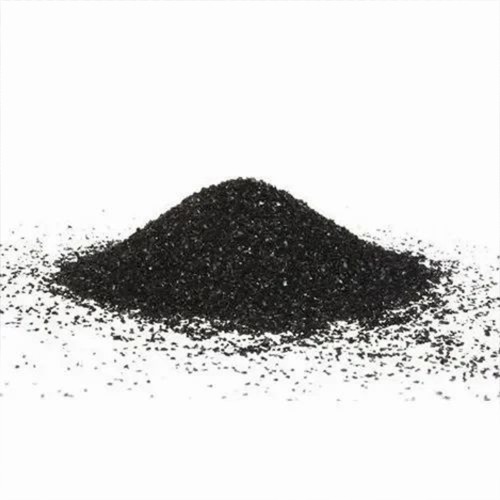
Exploring the Application Potential of Carbon Fiber Powder in Different Fields
The morphological advantages of carbon fiber powder make it highly promising in multiple high-tech fields:
- 3D Printing: Mixing carbon fiber powder with polymer materials to create composite printing filaments significantly enhances the strength and rigidity of printed parts while maintaining light weight. This opens new possibilities in aerospace, automotive components, and other fields.
- Traditional Composites: As a reinforcing filler, carbon fiber powder can replace glass fiber or other inorganic fillers, improving material mechanical properties and wear resistance without drastically increasing costs.
- Conductive Materials: Its inherent conductivity makes it an ideal conductive filler, widely used in antistatic materials, electromagnetic shielding materials, and conductive coatings.
- Friction Materials: Due to its excellent wear resistance and high-temperature tolerance, carbon fiber powder is often used in manufacturing high-performance brake pads or clutch linings.
Recycling and Reuse: A Sustainable Choice in a Circular Economy
As global attention to sustainability and environmental protection grows, recycled carbon fiber powder is gaining prominence. Carbon fiber production is energy-intensive, and recycling effectively reduces reliance on virgin materials and lowers carbon footprints.
Recycled carbon fiber powder undergoes specific treatments to remove resin from composites, yielding pure fibers. While recycled products may have slight performance differences from virgin ones, their cost advantage makes them highly competitive in non-critical structural applications. This not only provides enterprises with more economical material options but also offers a sustainable solution for waste carbon fiber composites, driving the development of a circular economy. An increasing number of manufacturers are exploring ways to integrate recycled carbon fiber powder into their product lines, achieving a win-win between economic benefits and environmental responsibility.
Future Outlook: Trends in the Carbon Fiber Powder Market
The carbon fiber powder market is filled with opportunities and challenges. As 3D printing technology becomes more widespread and the trend toward automotive lightweighting accelerates, demand for high-performance composites will continue to grow, directly driving the market for carbon fiber powder.
Future technological innovations will focus on two areas:
- Optimizing production processes to improve particle size uniformity and surface treatment, enhancing compatibility with different matrix materials.
- Developing more efficient, eco-friendly recycling technologies to reduce costs and improve the performance stability of recycled products.
Additionally, as market demands diversify, there will be a growing need for carbon fiber powder with special properties—such as higher conductivity or lower thermal expansion coefficients. This requires suppliers to have strong production capabilities and continuous R&D innovation to address evolving market challenges and seize new growth opportunities.

 English
English 中文简体
中文简体 русский
русский Español
Español